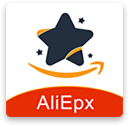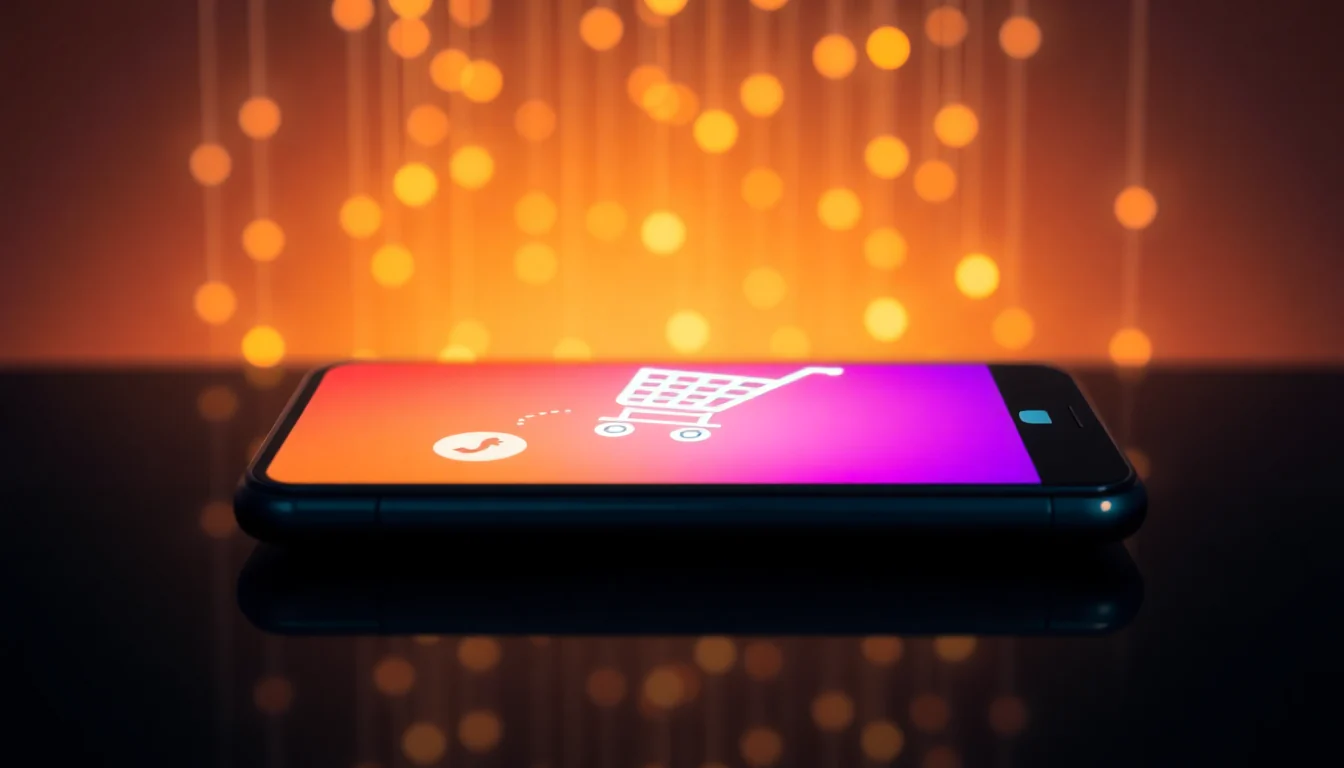

In the ever-evolving world of e-commerce, personalization has become the holy grail of marketing strategies. As consumers become increasingly discerning and demand tailored experiences, businesses must adapt to stay ahead of the curve. Enter Shopify, the powerhouse platform that has revolutionized the way we approach online retail. Today, we'll dive into the world of Shopify's customer groups feature and explore how you can harness its potential to craft personalized marketing campaigns that captivate your audience.
Understanding Shopify's Customer Groups Feature
Shopify's customer groups feature is a powerful tool that allows you to segment your customer base based on various criteria, such as purchase history, demographics, or even browsing behavior. By creating these distinct groups, you can then tailor your marketing efforts to cater to the unique needs and preferences of each segment.
The benefits of using customer groups are manifold. First and foremost, it enables you to deliver a more personalized experience to your customers, which can lead to increased engagement, loyalty, and ultimately, sales. Imagine sending a targeted promotion to your VIP customers, or offering exclusive content to your most engaged subscribers – the possibilities are endless.
Moreover, customer groups can help you streamline your marketing efforts, allowing you to optimize your campaigns for maximum impact. By understanding the specific needs and behaviors of each group, you can craft more effective messaging, choose the right channels, and time your outreach to perfection.
Setting Up Customer Groups in Shopify
Getting started with customer groups in Shopify is a straightforward process. First, you'll need to navigate to the "Customers" section of your Shopify admin panel and click on the "Groups" tab. From there, you can create new groups and define the criteria for each one.
When setting up your customer groups, it's important to consider the unique characteristics of your business and your target audience. Some common group types include:
VIP Customers: Those who have made a certain number of purchases or spent a specific amount of money.
Loyal Subscribers: Customers who have signed up for your email list and regularly engage with your content.
Abandoned Cart Customers: Individuals who have added items to their cart but haven't completed the purchase.
New Customers: Those who have made their first purchase within a certain timeframe.
Once you've established your customer groups, you can start leveraging them to create personalized marketing campaigns. This could involve sending targeted email campaigns, displaying tailored product recommendations, or even offering exclusive discounts and promotions.
Crafting Personalized Marketing Strategies
The true power of customer groups lies in your ability to craft personalized marketing strategies that resonate with each segment. By understanding the unique needs and behaviors of your customers, you can create content, offers, and experiences that truly speak to them.
For example, let's say you have a group of VIP customers who have spent a significant amount of money with your business. You could create a special "VIP" section on your website, offering exclusive products, early access to new releases, or even a dedicated customer service line. This level of personalization can make your customers feel valued and incentivize them to continue their loyalty.
On the other hand, you might have a group of new customers who are just discovering your brand. In this case, you could create a welcome series of emails that introduces your products, shares your brand story, and offers a special discount to encourage their first purchase.
The key is to experiment, test, and iterate on your personalized marketing strategies. By closely monitoring the performance of your campaigns and making data-driven adjustments, you can continually refine your approach and maximize the impact of your customer groups.
Leveraging Customer Data for Group Creation
Effective customer grouping relies on the quality and depth of your customer data. Shopify's robust analytics tools can provide valuable insights into your customers' purchasing behavior, demographics, and engagement patterns – all of which can inform the creation of your customer groups.
Start by analyzing your customer's purchase history, looking for patterns and trends that can help you identify distinct segments. For example, you might notice that a certain group of customers tend to purchase high-ticket items, while another group gravitates towards more affordable, everyday products.
Additionally, consider incorporating demographic data, such as age, location, or income level, into your customer grouping strategy. This can help you better understand the unique needs and preferences of each segment, allowing you to tailor your marketing efforts accordingly.
As you collect and analyze more customer data over time, you can refine your customer groups, experiment with new segmentation criteria, and continually optimize your personalized marketing campaigns.
Automating Marketing Efforts with Customer Groups
One of the key advantages of using Shopify's customer groups feature is the ability to automate your marketing efforts. By leveraging the platform's powerful integrations and automation tools, you can streamline your personalized campaigns and ensure that your customers receive the right message at the right time.
For instance, you can set up automated email marketing campaigns that target specific customer groups. This could include welcome sequences for new customers, loyalty-building programs for your VIPs, or abandoned cart reminders for those who've left items in their cart.
Additionally, you can use customer groups to power your targeted advertising efforts, ensuring that your ads and retargeting campaigns are reaching the most relevant audience. By aligning your ad targeting with your customer groups, you can maximize the impact of your marketing spend and drive more conversions.
Measuring the Success of Personalized Marketing
As with any marketing strategy, it's crucial to measure the success of your personalized campaigns. Shopify's robust analytics tools can provide you with a wealth of data to help you track the performance of your customer group-based initiatives.
Some key performance indicators (KPIs) to consider include:
Conversion rates: Monitor how your personalized campaigns are impacting the conversion rates of each customer group.
Average order value: Analyze whether your VIP customers or other high-value segments are spending more per transaction.
Customer lifetime value: Assess the long-term impact of your personalized marketing efforts on customer loyalty and retention.
Engagement metrics: Track the open rates, click-through rates, and other engagement metrics for your targeted email and advertising campaigns.
By regularly reviewing these metrics and conducting A/B testing to optimize your strategies, you can continually refine your approach and ensure that your personalized marketing efforts are delivering tangible results.
Case Studies: Successful Implementation of Customer Groups
To illustrate the power of Shopify's customer groups feature, let's take a look at a few real-world examples of businesses that have leveraged this tool to drive their personalized marketing efforts.
Small Business Example: Dadao Product Reviews
Dadao Product Reviews is a small e-commerce store that specializes in selling high-quality outdoor gear. By implementing Shopify's customer groups feature, the team was able to segment their customer base into several distinct groups, including:
Outdoor Enthusiasts: Customers who have purchased multiple items from the "Hiking" and "Camping" collections.
Gear Collectors: Customers who have made a certain number of purchases or spent a specific amount of money.
New Customers: Individuals who have made their first purchase within the last 30 days.
The team then used these customer groups to craft personalized marketing campaigns, such as:
Sending exclusive product announcements and early access offers to their "Gear Collectors" group.
Offering tailored product recommendations and educational content to their "Outdoor Enthusiasts" group.
Welcoming new customers with a special discount and a series of onboarding emails.
By leveraging customer groups, Dadao Product Reviews was able to achieve a 25% increase in their average order value and a 15% boost in customer retention rates.
Large E-commerce Store Example: Outdoor Megastore
Outdoor Megastore, a leading online retailer of outdoor gear and apparel, has taken their personalized marketing efforts to new heights by fully embracing Shopify's customer groups feature.
The team at Outdoor Megastore has created a comprehensive customer segmentation strategy, dividing their customer base into groups such as:
Seasonal Shoppers: Customers who tend to make purchases during specific times of the year (e.g., winter sports enthusiasts, summer campers).
Adventurous Explorers: Customers who have purchased items from their "Extreme Sports" and "Expedition" collections.
Eco-conscious Consumers: Customers who have shown a preference for the brand's sustainable product lines.
By tailoring their marketing campaigns to these distinct customer groups, Outdoor Megastore has seen a significant increase in customer engagement and loyalty. For example, their "Seasonal Shoppers" group receives timely product recommendations and exclusive promotions, while their "Eco-conscious Consumers" are targeted with content and offers that align with their environmental values.
The results have been impressive, with Outdoor Megastore reporting a 30% increase in repeat purchases and a 20% boost in their overall conversion rate.
Future Trends in Personalized Marketing on Shopify
As the e-commerce landscape continues to evolve, the importance of personalized marketing will only continue to grow. Shopify is at the forefront of this trend, constantly innovating and expanding its capabilities to help businesses stay ahead of the curve.
One exciting development on the horizon is the integration of artificial intelligence (AI) and machine learning (ML) into Shopify's customer grouping and personalization features. By leveraging these advanced technologies, businesses will be able to create even more sophisticated customer segments, predict customer behavior, and deliver truly personalized experiences at scale.
Additionally, the rise of predictive analytics will empower Shopify merchants to anticipate their customers' needs and preferences, allowing them to proactively tailor their marketing efforts and stay one step ahead of the competition.
As you navigate the ever-changing world of e-commerce, remember that the key to success lies in your ability to connect with your customers on a deeply personal level. By harnessing the power of Shopify's customer groups feature, you can unlock a world of possibilities and position your business for long-term growth and success.
Conclusion
In the dynamic world of e-commerce, personalization has become the cornerstone of effective marketing strategies. By leveraging Shopify's customer groups feature, you can unlock a new level of customer engagement and drive tangible results for your business.
From crafting tailored marketing campaigns to automating your outreach efforts, the possibilities are endless. By continually refining your approach, measuring your success, and staying ahead of the curve, you can position your Shopify store as a true leader in personalized marketing.
So, what are you waiting for? Start exploring the power of customer groups and unlock the full potential of your Shopify store today!